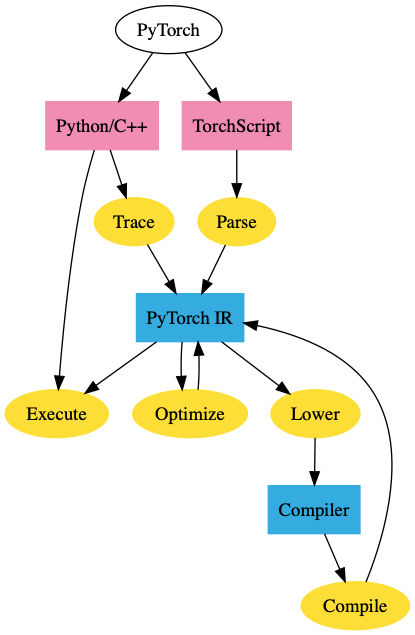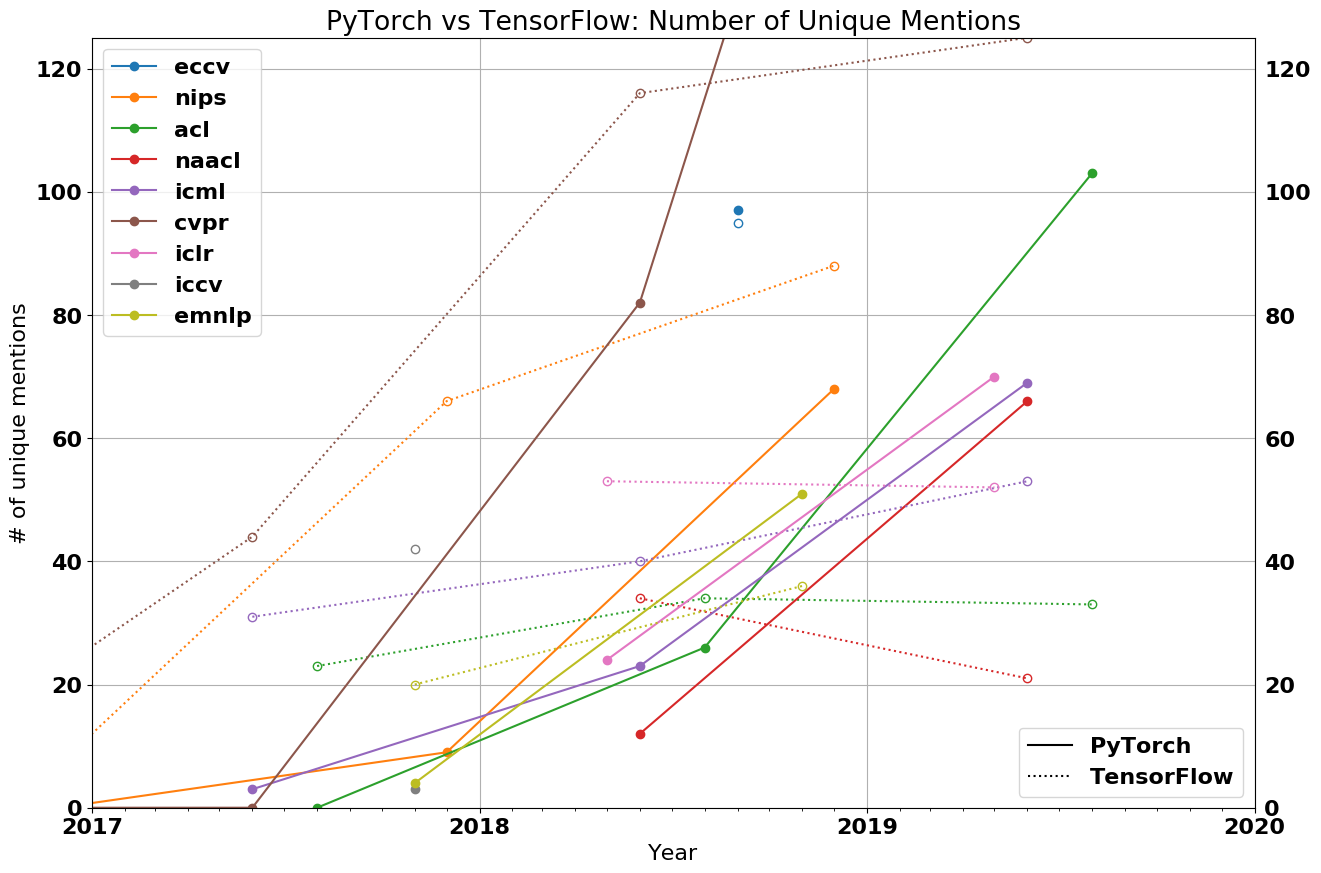XML may not be ideal to represent generic data structures, but it excels at representing one particular structure: the tree. By separating node data (attributes) from parent/child relationships, the tree structure of the data shines through, and the code to process the data can be quite elegant.
XML is good for representing tree structured data


















